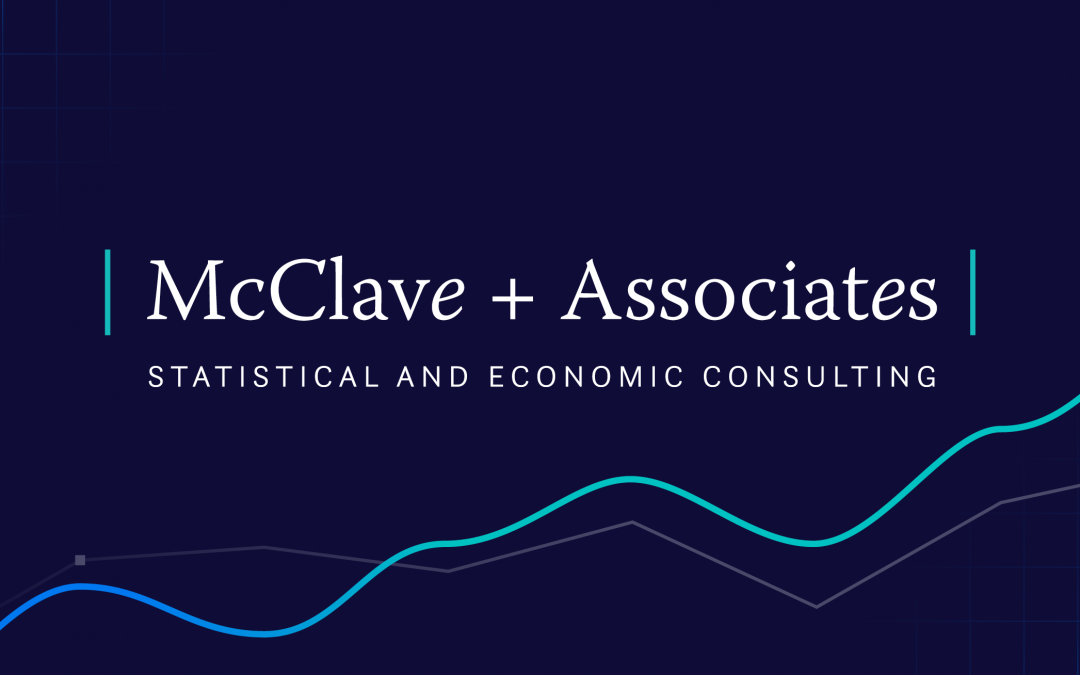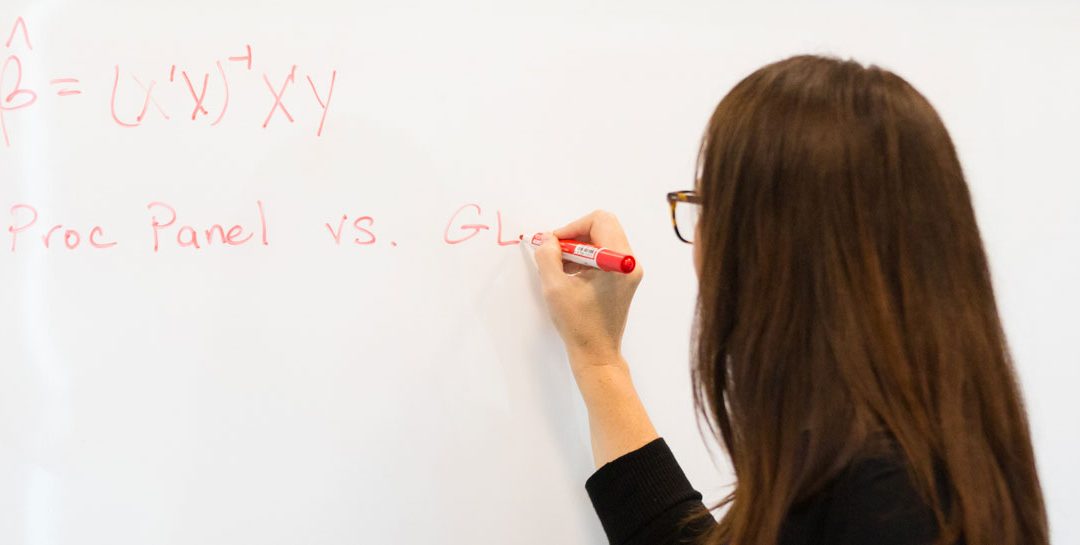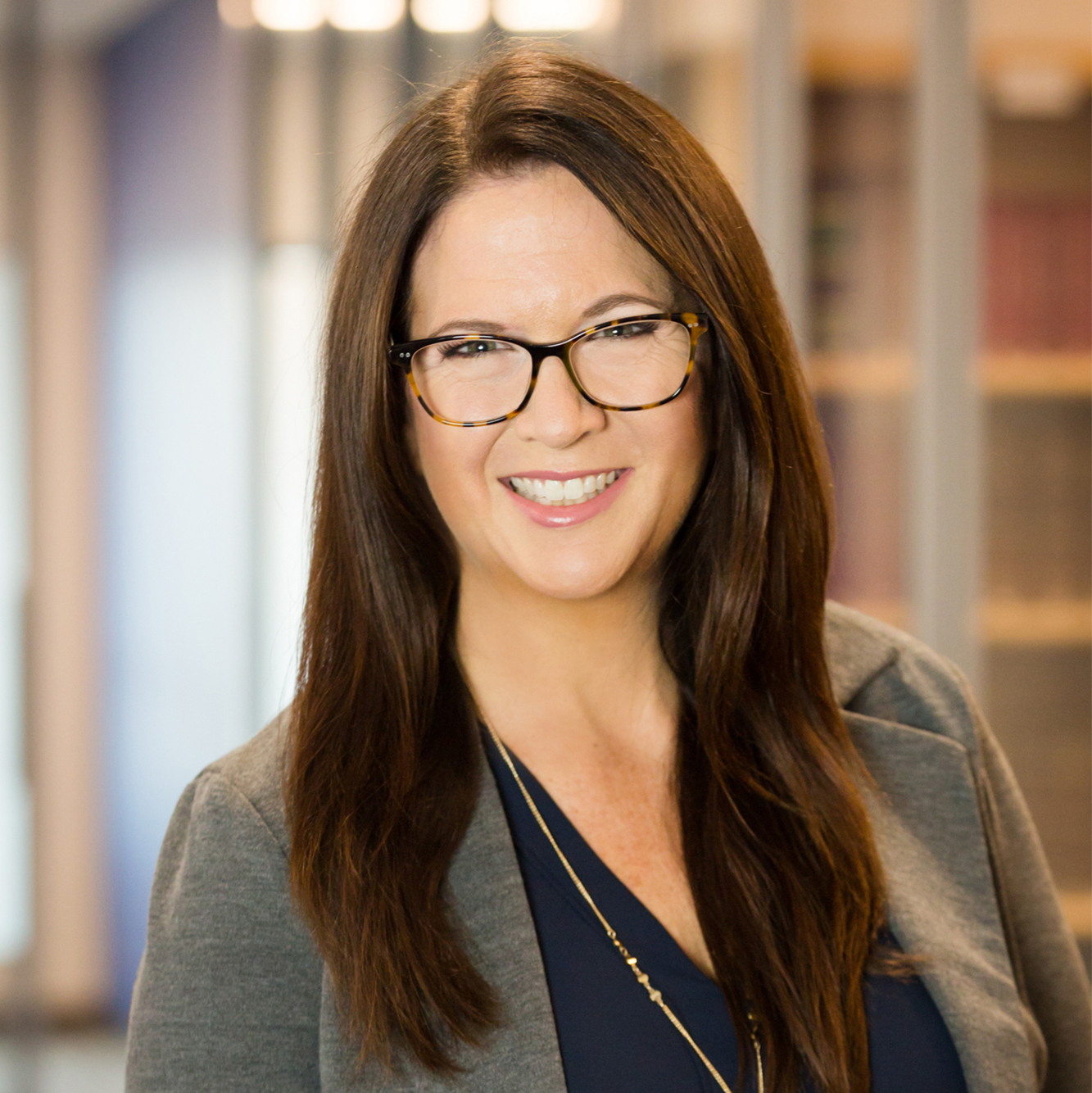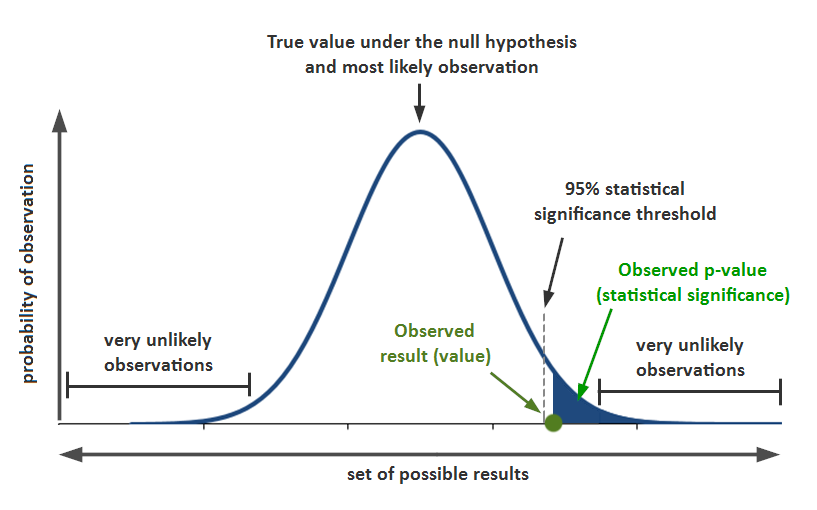
Welcome Back To The Courthouse
Last March, at the very beginning of what became a pandemic, we were in San Francisco where some of the first COVID-19 cases were showing up in the U.S. Our clients were in the midst of putting on their case in the Capacitors trial in front of a live jury in Federal Court in the Northern District of California. Dr. Jim McClave’s testimony was up next. On the eve of taking the stand, we got the notice the court was shutting down and pressing pause on the trial. That pause turned indefinite and eventually the jury was dismissed and trial was set for a later date.
That was the start of our at-home, virtual environment that we all have grown accustomed to now over a year later. Meetings, depositions, hearings, and even trials over Zoom have become commonplace — and I think we all have come to appreciate the efficiency they provide. We’ve grown to love the occasional interruption by a barking dog or child in need of a snack or help on their math homework. Anytime we get to sleep in our own beds the night before testifying, we are pretty happy campers!
Even with the advantages of the Zoom era, there is simply no substitute for an in-person jury trial. The atmosphere and engagement is hard to achieve with any other setting, no matter how great the technology (or how quiet our pets are!). The environment and energy is what we live for.
And this was very clear to us last week as we had our first in-person jury trial since the shutdown. Social distancing and masking were prevalent. Hand sanitizer was readily available. The number of people allowed in the courtroom was limited. And because courts are still largely working remotely, even the parking was easy!
The atmosphere was what we have come to know and love in our line of work. Dr. McClave was able to look the jurors in the eyes and explain complex, statistical analysis in bite size, easy-to-understand pieces with the aid of helpful and beautiful demonstratives created by our talented Marketing and Communications team.
“The judge clearly paid close attention to my testimony, and even at some point when we were talking about multiple regression analysis, said something to the effect that statistics was the reason she went to law school rather than medical school, to which the jury responded with nods and laughs — I told her I understood,” Dr. Jim McClave said.
The jurors were engaged — nodding along, taking notes and making eye contact. And during cross examination, they were clearly not swayed by the examiner.
“Jamie and I were both surprised that the Plaintiff did not put on any witnesses after my testimony (they had the opportunity to present rebuttal witnesses), so the last thing the jury heard from witnesses was the presentation we all worked so hard on,” Dr. Jim McClave added.
When the jury came back with a finding in favor of our client, it confirmed the effectiveness and irreplaceable value of in-person court appearances. How gratifying it was to see our client get a favorable result in a case that has been litigated since 2016 and has gone up and down the appeals circuit.
With three trials scheduled in the next several months, our bags (and masks) are packed. Our vaccines are administered. We are ready to go. See you at the courthouse.



 If they drop the statistical significance requirement, do they run the risk of letting in junk science and irrelevant material? Or if they continue the requirement, are they encouraging bad scientific practice, potential false positives, and a myriad of other scientific problems? The answer suggested by the statistics community, and practiced by Infotech since its inception, is that those choices fall into the fallacy of the false dilemma. Neither extreme is right and those extremes are not the only choices. Context is essential; honesty is crucial; and integrity is everything. The statistician is not just a person pressing a magic button that produces mysterious results that only he or she can unlock. Statistics is a toolbox and the statistician is the handywoman.
If they drop the statistical significance requirement, do they run the risk of letting in junk science and irrelevant material? Or if they continue the requirement, are they encouraging bad scientific practice, potential false positives, and a myriad of other scientific problems? The answer suggested by the statistics community, and practiced by Infotech since its inception, is that those choices fall into the fallacy of the false dilemma. Neither extreme is right and those extremes are not the only choices. Context is essential; honesty is crucial; and integrity is everything. The statistician is not just a person pressing a magic button that produces mysterious results that only he or she can unlock. Statistics is a toolbox and the statistician is the handywoman.